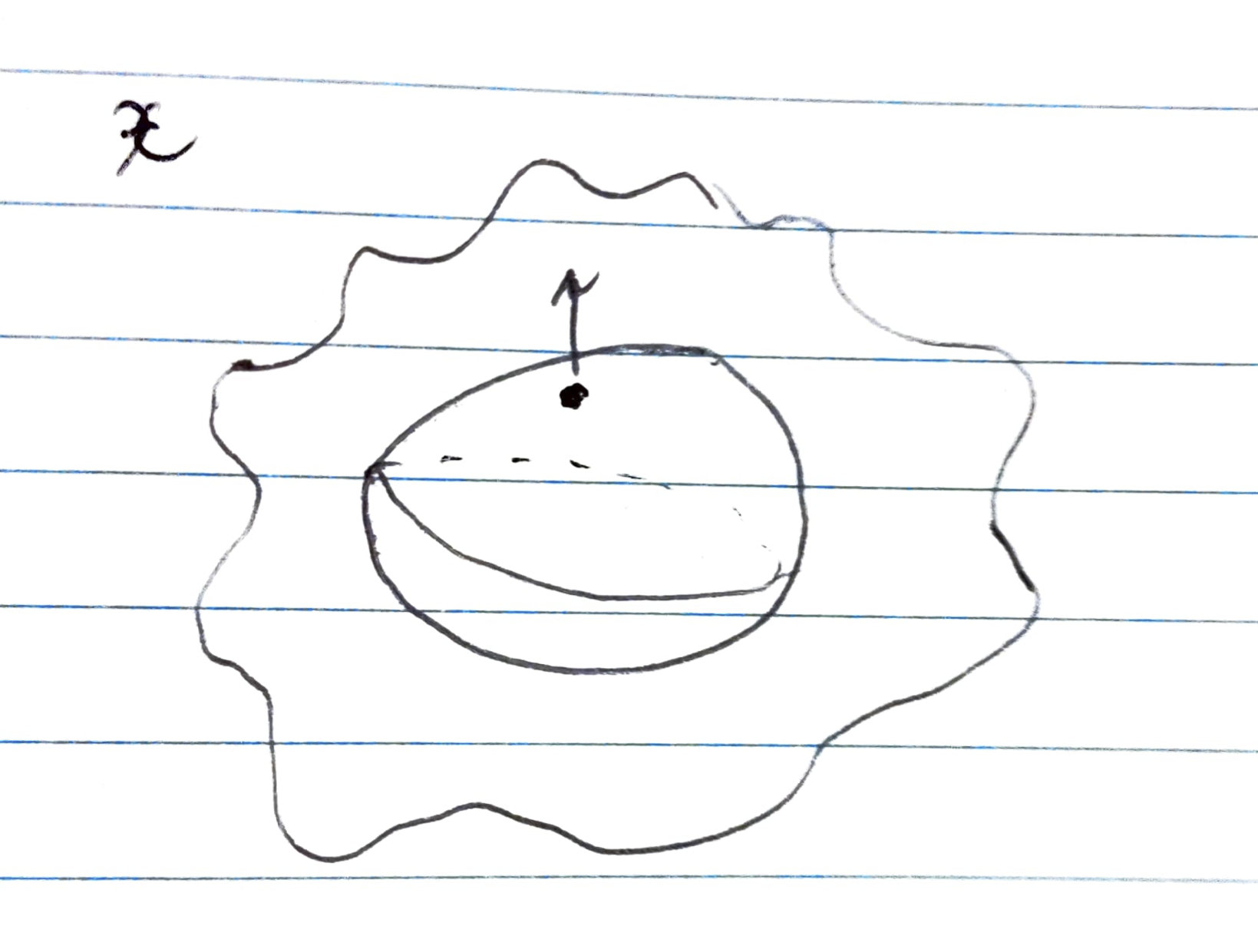Quartics
Contents
Quartics¶
In degree four we find the quartics. In one variable, any quartic univariate \(f(x)\) is given by
for \(a\neq0\). Quartics are coded in quartics.py under the class Quartic, which is a subclass of Poly. That is, quartics are instances of Quartic. As quartics are also polynomials, they will be instances of Poly.
Library import¶
from class_scripts import quartic as qrtc
Attributes¶
Pre-initialisation¶
As with quadratics and cubics, quartics are polynomials of degree \(4\) with non-zero leading coefficient. This is detected by the __new__ method which runs before initialising any instance.
The following are examples of polynomials which are not quartic.
not_quart_1 = qrtc.Quartic([1, 5, -2, 10])
not_quart_2 = qrtc.Quartic([-3, 4, 1, 2, 0])
not_quart_3 = qrtc.Quartic([-1, 7, 3, -8, 1, 1])
print(not_quart_1)
print(not_quart_2)
print(not_quart_3)
Not quartic
Not quartic
Not quartic
Initialisation¶
For an honest quartic \(f(x) = e + dx + cx^2 + bx^3 + ax^4\), all of its attributes are inherited from the class Poly. For example, for
its attributes are:
quart = qrtc.Quartic([-1, 1, 3, -9, 2])
print(f"The degree of {quart} is: {quart.degree}")
print(f"The coefficients defining {quart} is: {quart.coeffs}")
The degree of -1x^0 + 1x^1 + 3x^2 - 9x^3 + 2x^4 is: 4
The coefficients defining -1x^0 + 1x^1 + 3x^2 - 9x^3 + 2x^4 is: [-1, 1, 3, -9, 2]
Unlike for the quadratic and cubic, the discriminant of a quartic is not coded as an attribute of Quartic. It must be obtained instead by calling the method discriminant(). For the quartic above:
print(f"The discriminant if {quart} is: {quart.discriminant()}")
The discriminant if -1x^0 + 1x^1 + 3x^2 - 9x^3 + 2x^4 is: -72752.0
Depression¶
As with the cubic, it is always possible to transform a quartic to “depressed” form. A depressed quartic is a quartic \(g(x)\) of the form,
With \(f(x) = e + dx + cx^2 + bx^3 + ax^4\), if can be placed in depressed form through the variable change \(x \mapsto x - \frac{b}{4a}\), followed by dividing through the leading coefficient \(a\). See this Wikipedia entry for the formula relating the coefficients of \(f\) with those of \(g\).
Implementation¶
The formula relating the coefficients of a quartic to its depressed form is implemented by the method toDepressed(). Recall, the same method is callable on instances of Cubic. This method passes in quartics and returns their depressed form using the formula from the above Wikipedia entry.
As an illustration, for the quartic \(f(x) = -1 + x + 3x^2 - 9x^3 + 2x^4\) from above, its depression is:
depr_quart = quart.toDepressed()
print(depr_quart)
-2.8445x^0 - 7.5156x^1 - 6.0938x^2 + 1x^4
Recall that depression can also be derived through variable change. And so to check the validity of the formula implemented in toDepressed(), we can compose \(f(x)\) with the polynomial \(x - b/4a\) and divide through by \(a\). Doing this we find:
a = quart.coeff(quart.degree)
b = quart.coeff(quart.degree-1)
composite = qrtc.Poly([-b/(4*a), 1])
quart_composed = quart.composeWith(composite)
quart_depressed = quart_composed * qrtc.Poly([1/a])
print(quart_depressed)
-2.8445x^0 - 7.5156x^1 - 6.0938x^2 + 1.0x^4
This validates the formula used in the method toDepressed().
Zeroes¶
Background¶
For a quartic univariate \(f(x) = e + dx + cx^2 + bx^3 + ax^4\), a zero is a value \(x_0\) such that \(f(x_0) = 0\). The quartics are the highest degree polynomials for which an algebraic formula exists for their zeroes. That is, a formula involving only algebraic expressions of the coefficients.
Note
It is known that in degrees five and higher, no such algebraic formula exists for returning roots.
As with cubics, the method for deriving the formula for quartic roots involves first depressing the quartic. The attentive reader might note however that the module quartic.py imports quadratic.py and cubic.py. This is because any formula for the roots of a quartic involve solving a cubic equation. From this entry a formula for the roots of a general quartic (in depressed form), \(f(x) = c + bx + ax^2 + x^4\), for \(a, b\) non-zero, can be expressed via any solution of the following cubic equation (in variable \(y\)),
In a degenerate case \(b = 0\), the depressed quartic can be solved using the quadratic equation.
Implementation¶
The method zeroes() is callable on any instance of the class Quartic. It passes in any instance of Quartic and returns a list of its zeros.
To illustrate, for the following quartics:
\(-12 + 3 x + 2x^4\);
\(3 - x + 7x^2 + 5x^3 - 7x^4\);
\(8 + 2x^2 + 3x^4\)
their zeroes are:
qt_1 = qrtc.Quartic([-12, 3, 0, 0, 2])
qt_2 = qrtc.Quartic([3, -1, 7, 5, -7])
qt_3 = qrtc.Quartic([8, 0, 2, 0, 3])
qt_list = [qt_1, qt_2, qt_3]
for qt in qt_list:
print(*qt.zeroes(), sep='\n')
print('\n')
1.4047 + 0.0i
-1.7108 + 0.0i
0.1531 + 1.5727i
0.1531 - 1.5727i
0.105 + 0.5412i
0.105 - 0.5412i
1.466 + 0.0i
-0.9617 + 0.0i
0.8061 + 0.9915i
-0.8061 - 0.9915i
0.8061 - 0.9915i
-0.8061 + 0.9915i
As a check now that we have indeed returned zeroes, we run the following:
for qt in qt_list:
zros = qt.zeroes()
for zro in zros:
print(qt.cplxEval(zro))
print('\n')
0.0 + 0.0i
0.0 + 0.0i
0.0 + -0.0i
0.0 + -0.0i
0.0 + 0.0i
0.0 + 0.0i
0.0 + 0.0i
0.0 + 0.0i
0.0 + 0.0i
0.0 + 0.0i
0.0 + -0.0i
0.0 + -0.0i
We find that the quartic evaluated at each zero indeed returns zero, as expected.
